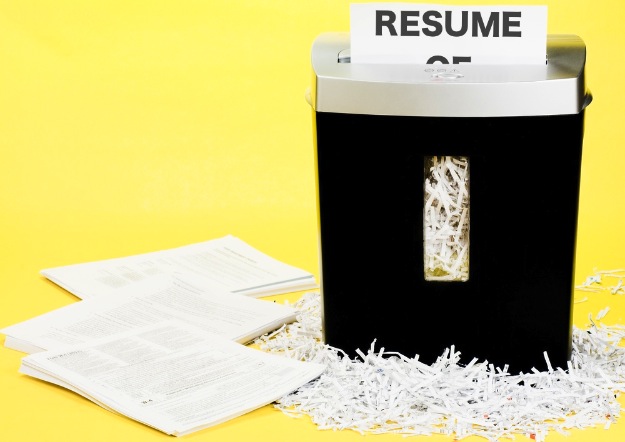The resume is believed to have been first used in 1482 by Leonardo Da Vinci himself. In a letter to a prospective employer, Leo wrote out an impressive list of his accomplishments and skills and sent it off in an effort to secure a position with the Duke of Milan. In the late 1500’s, Englishman Ralph Agas published a list of his skills in several newspaper ads promoting himself – the first use of media to job search.
Since the 1950’s, the resume has been an integral part of the hiring process for most fields – a great resume gets you an interview is the common conception. While the formatting has changed (typewriters & computers make a difference), the substantive content of the resume has remained virtually the same for almost 70 years despite the huge changes in the world, workforce, and needs of organizations. And the key elements of the resume, experience and education, are no longer the most important factors in successfully finding employees who love their work and are dedicated to their agency.
Acknowledging this is more important in public administration than anywhere else. Careers in public administration are based on a desire to help the world, to do good work, and to be a public servant. No resume can tell a recruiter how positive a person is to be around, or how passionate they are about the work they do. Tim Stevens, author of Fairness Is Overrated: And 51 Other Leadership Principles to Revolutionize Your Workplace, says education and experience are what a company should care about least.
“A person’s skill set and personality–the things behind the resume–are much more important,” he says. “You need to know if a person has an aptitude for leadership, how they deal with failure, how they treat people when they disagree, and if the role you’re hiring for is their passion or a stepping-stone to something else.”
Current hiring practices in PA are focused critically on these two things, eliminating candidates with skills and passion while rewarding experience over all other metrics. This is a recipe for stagnation and waste, as those hired for positions are most often those who have already done the same position, most likely in another agency. The same people, with the same skills, tend to get hired over and over, moving from agency to agency in search of job satisfaction. Each time this ‘experienced’ applicant gets hired, they leave behind a vacancy, which then costs time and money to fill.
When the same person, or the same KIND of person, gets hired over and over there is little impetus for innovation. Indeed, innovation can almost only come from new ideas and new people. Diversity and inclusion are about more than just ticking boxes on EEOC forms – real diversity means diversifying perspective, allowing different people with a wide range of backgrounds and experiences into the halls of policy. Current hiring practice belie the principles of inclusion and innovation by focusing on the wrong things when choosing interview candidates.
A single mother, recently divorced and just gone back to school will have very little experience. But she has a perspective and an innate understanding of where public support systems are failing. This person might make an excellent addition to the Department of Early Learning, but chances are she won’t make it into an interview room. A young black artist with a Master’s degree, whose life has focused on creativity and social change might apply for a position with DSHS, but not be talked to because he hasn’t worked in government before. An older person with 25 years in the private sector might decide to change their life and dedicate to social service only to find that their experience in business management gets no traction because it isn’t PUBLIC management.
All these voices are being lost. Those most served by governmental agencies – the underprivileged, the young, and the elderly- are almost never among those hired to serve and advise those same agencies. There can be no reasonable expectation of real innovation and change when the people in the room are always the SAME people.
If public administration is serious about inclusion and innovation, and if there are limited resources for making changes, hiring practices is a strong leverage point. This is the beginning point, the entrance, the gate to public service that sets the tone and standards for behavior and beliefs in our public institutions. Deep structural and procedural changes to hiring practices, like finding an alternative to the ancient and irrelevant resume, can bring in new blood and new ideas that might save our toppling institutions. Hiring for culture, focusing on skills & abilities over experience, and broadening the social origin of applicants can reinvigorate public administration.
Hire the people we need, not the people we already know. Success is more about risk than continuity. With where things are now, what is there to lose?

Leave a Reply